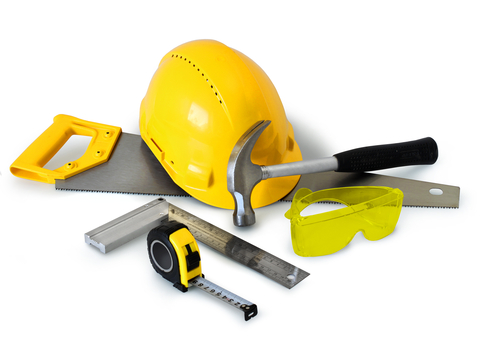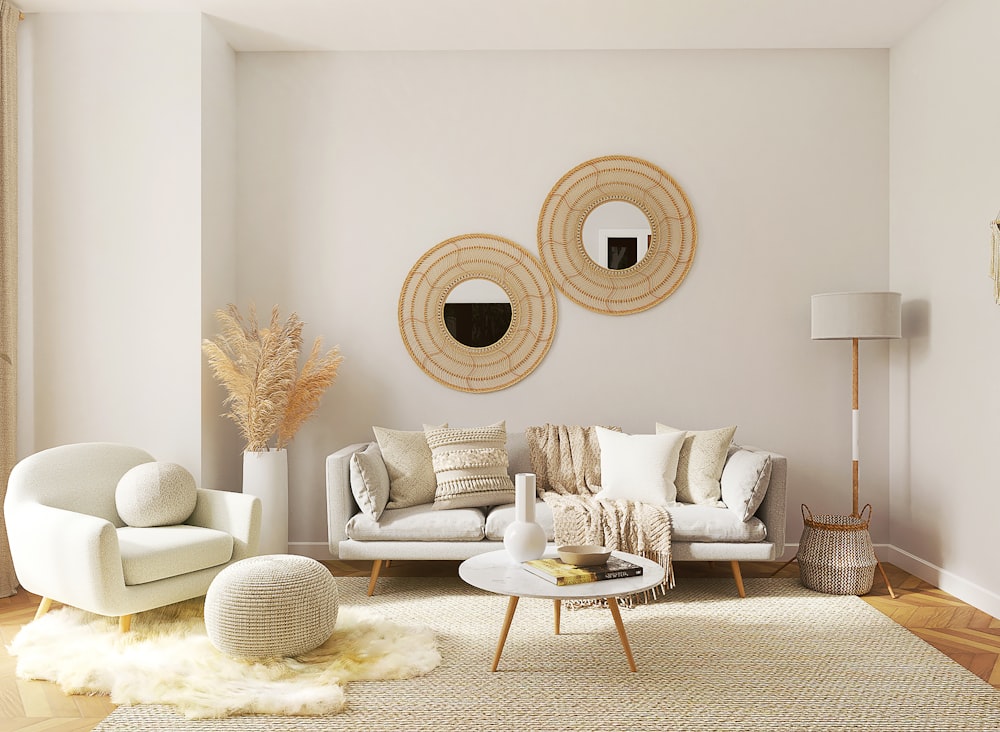 A website’s side menus are essentially the easiest way for a user to navigate. Regretfully, many webmasters mistakenly clutter up their menus with improper layout and drive the visitors away by making their experience an unpleasant one.
A website’s side menus are essentially the easiest way for a user to navigate. Regretfully, many webmasters mistakenly clutter up their menus with improper layout and drive the visitors away by making their experience an unpleasant one.
This article will summarize some concepts and ideas and present new perspectives regarding the usage of menus.
At this point, it is important to state that this article should be taken as tips and guidelines only, not specific instructions. The webmasters ought to conjure up creativity and “out-of-the-box” thinking to reach a unique website, even without using the upcoming tips.
Item placement
Many webmasters place the same pages in their top and side menus.
The spaces of a website must be treated like real estate (especially when selling advertising space) – make the most of the menu-designated spaces. Duplicates won’t help both the user and the search engine, therefore they should be removed.
A good word of advice in that matter is to separate the contents of the side and the top menu. Most websites display general pages at the top menu, e.g. “about us”, “contact us”, “terms of use”, “company history” and such. The side menu might be dedicated to the actual contents of the website: product categories, articles, list of services provided.
This kind of construction will benefit the overall structure of a site and will give out an image of order and sense.
Menu navigation Subcontractor Synonym
Try looking the term “website heatmap” on Google.
“Website heatmap” is a common name for a set of tools that eventually display a ‘heat’ overlay over the website, depicting the ‘hot’ areas as the popular centers of attention and the ‘cold’ ones as the ones that are out of the visitor’s focus whatsoever.
There is no specific need to run this test on your website (as such tests are often costly or require intricate programming) – one could derive all the information needed from looking at the examples and learning the tendencies. For example, sites that require logging-in will often depict the login area as the hottest, whilst news websites will ‘heat up’ the top stories. As far as concerning the menus, the first items on every list will get most of the attention.
Use that to your advantage. Arrange and re-arrange your menus as necessary in order to place the spotlight on the parts you desire, instead of relying on luck and chance.
The menus shouldn’t include every bit of information you have on your website. Save that precious space and display only what’s important. There’s no justification in displaying everything that’s in store right ahead, but rather “invite” your visitor in.
Dropdown menus
Use dropdown menus in a considerate manner, only when necessary.
In most cases, the webmaster is able to deliver much more information by requiring the visitor to click the category itself, rather than allowing the visitor to believe they’ve seen everything by just looking at the menu.
It is possible to place contents on the category page itself, encouraging the user to purchase or sign up.
Webmasters often create sub-menus in an overly-intricate fashion, for example: “Electric Appliances” >> “Home and Garden” >> “Television Sets” >> “LCD” >> “Screen Size – 32′ to 42′” >> “Philips”, et cetera. Imagine the visitor reaching “Philips”, then accidentally Profit And Attendance Percentage moving the mouse away, seeing this hierarchy collapse or being replaced by a different menu. A useful rule-of-thumb would be the creation of a maximal category depth of 3, only if truly necessary. An efficient design does not require the existence of a deep set of menus…
Menu items naming
Keep the names short and descriptive. If the name is divided into two lines – it’s too long. Surpassing several words could also be too long and threaten your visitor. If shortening the names is not a possibility, hide them altogether: one can easily place an “Articles” link in the menu, inside of which the visitor will see the lengthy titles of the articles themselves.
Take the first impression into account and consider showing simplicity and tidiness to your first-time visitors.
Construction

